DIY Natural Deodorant Recipe with Coconut Oil, Baking Soda & Essential Oil
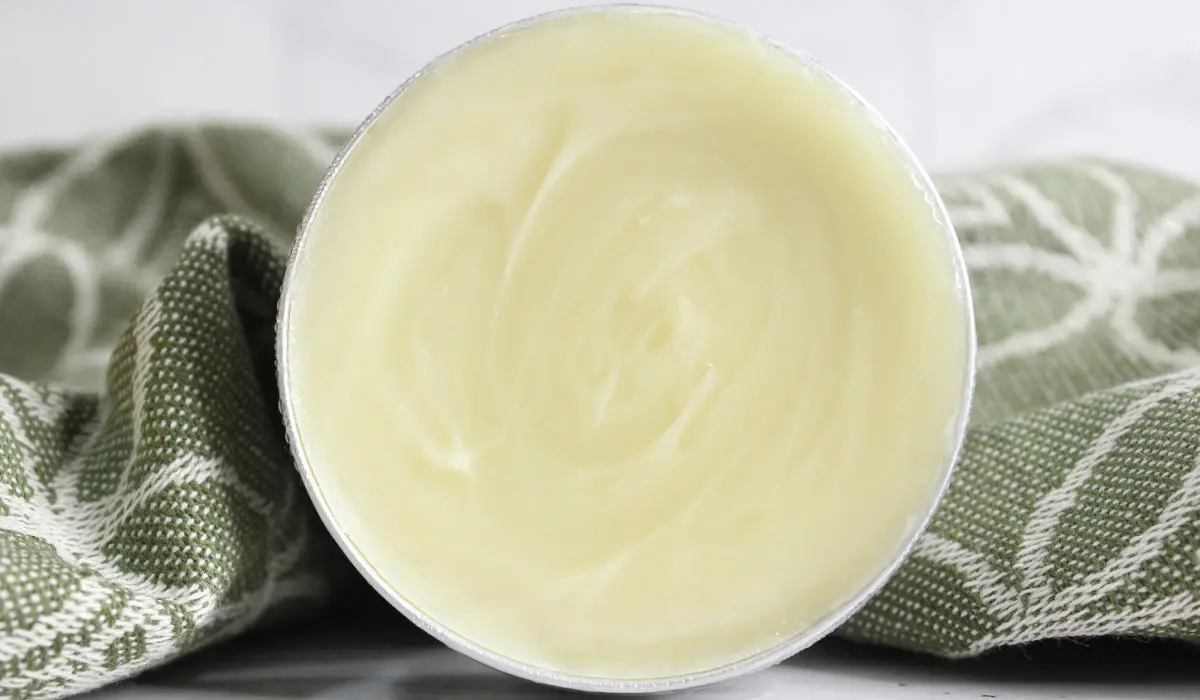
Are you tired of using store-bought deodorants filled with harsh chemicals? This DIY Natural Deodorant recipe is the perfect alternative! This easy to make deodorant is free of toxins and is easy to make with just a few natural ingredients you might already have at home.
Follow this simple recipe to create a gentle and effective deodorant that nourishes your skin and keeps you fresh all day.
I use affiliate links in this article. If you click a link and make a purchase, I may earn a commission.
Pin for later
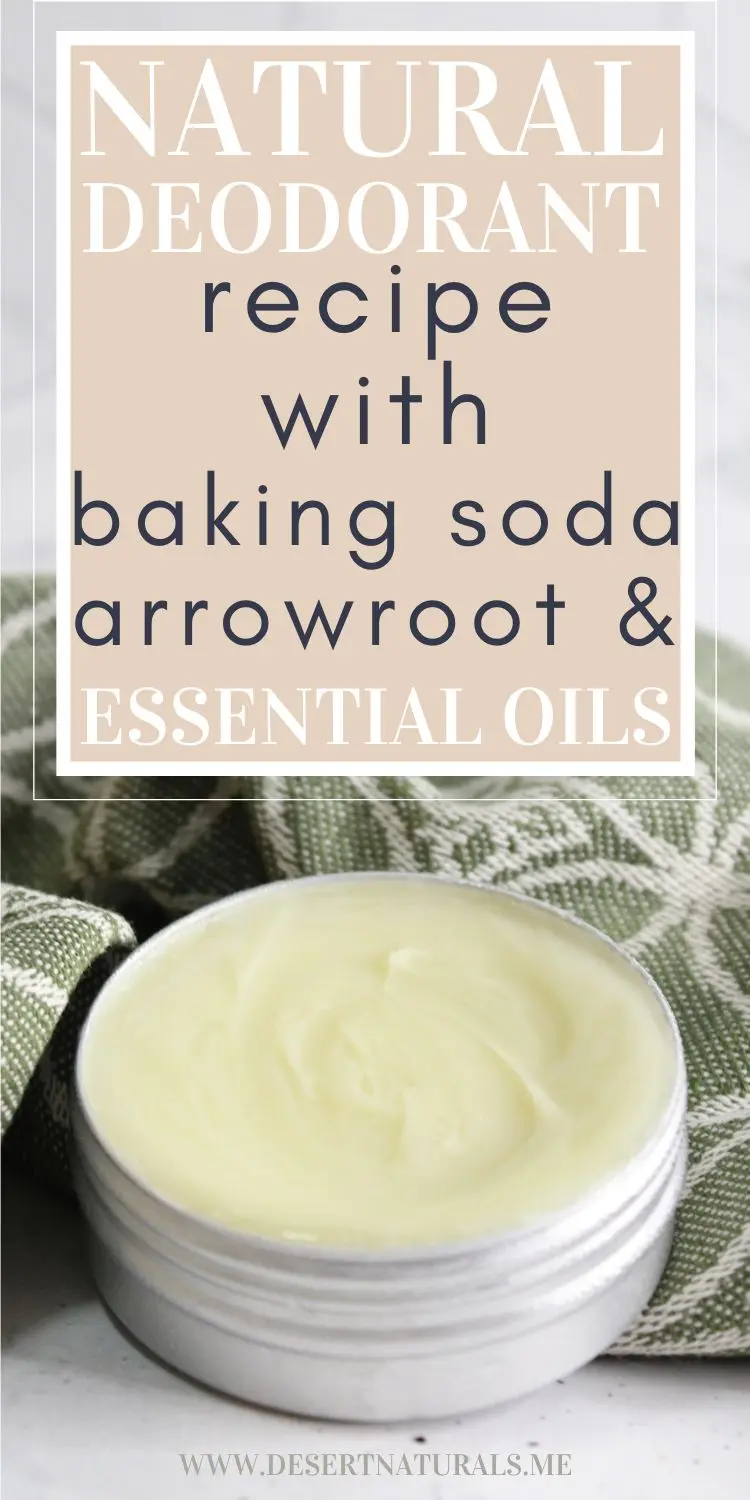
Why This Natural Deodorant Will Be Your New Favorite
This homemade natural deodorant is a game-changer for staying fresh and healthy. It’s crafted with simple ingredients that are gentle, safe, effective, and eco-friendly. Here’s why it stands out:
Making your own deodorant is a great way to take control of what goes on your skin while also being mindful of your health, budget, and environmental impact.
Here are some of the top reasons to switch to a DIY natural deodorant:
1. Avoid Harmful Ingredients
Many commercial deodorants contain aluminum, parabens, artificial fragrances, and other chemicals that can be harsh on the skin and potentially linked to health concerns. By making your own, you can avoid these additives and use only natural, skin-friendly ingredients.
2. Gentle on Sensitive Skin
If you have sensitive skin, store-bought deodorants may cause irritation, redness, or even rashes. DIY deodorants allow you to customize the formula to suit your skin type, using soothing ingredients like shea butter, coconut oil, and essential oils.
3. Reduce Body Odor Naturally
Sweat itself doesn’t smell—odor comes from bacteria breaking it down. Natural deodorants help neutralize odor with antibacterial ingredients like baking soda, arrowroot powder, and essential oils, allowing your body to sweat naturally without unpleasant smells.
4. Avoid Clogged Pores & Support Healthy Sweating
Antiperspirants work by blocking sweat glands with aluminum compounds, which may interfere with the body’s natural detox process. A DIY deodorant doesn’t block sweating but instead helps control moisture and odor while allowing your body to regulate its temperature naturally.
5. Cost-Effective & Long-Lasting
Making your own deodorant can save money in the long run. Many DIY recipes use common pantry staples, and a single batch can last for weeks, making it an affordable alternative to expensive natural deodorant brands.
6. Customize the Formula for Your Needs
One of the best things about DIY deodorant is the ability to tailor it to your preferences. You can experiment with different ingredients, add your favorite essential oils, or adjust the consistency to create a deodorant that works perfectly for you.
7. Environmentally Friendly
Homemade deodorant means less plastic waste and fewer resources used for packaging and production. By storing it in reusable containers, you can significantly cut down on waste and contribute to a more sustainable lifestyle, making this deodorant better for the planet.
8. Smell Great Without Synthetic Fragrances
Many commercial deodorants use artificial fragrances that can trigger allergies or sensitivities. With a DIY deodorant, you can use pure essential oils like lavender, tea tree, or citrus for a fresh, natural scent without any synthetic additives.
Making your own deodorant is a simple, rewarding switch that benefits both your body and the environment. Plus, once you try it, you’ll never look back!
9. Keeps You Fresh and Odor Free
It doesn’t just fight odors—it cares for your skin. Coconut oil and arrowroot powder work together to absorb sweat and keep you fresh, while baking soda neutralizes odors naturally.
10. Customizable for Your Needs
You can adjust the recipe with your favorite essential oils for a personalized scent. It’s easy to make it your own.
This deodorant is more than just a skincare product—it’s a healthier, eco-friendly choice that fits seamlessly into your lifestyle. Once you experience its benefits, you’ll never go back to conventional options!
Ingredients and Supplies You’ll Need to Make Your Natural Deodorant
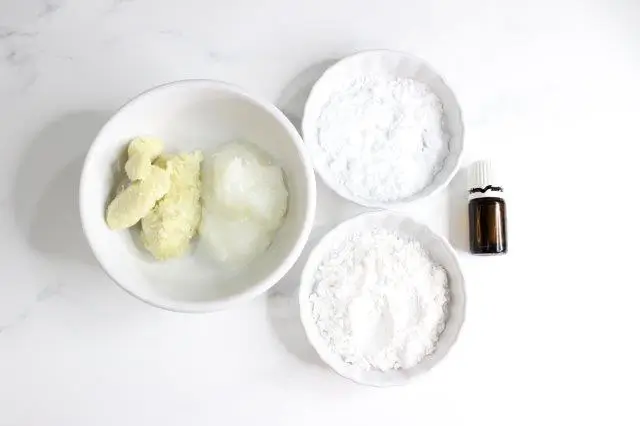
Making this natural deodorant is simple and rewarding. With just a few natural ingredients and basic tools, you’ll have a gentle, effective deodorant in no time.
Ingredients
Supplies
Let’s take a closer look at the Ingredients!
Coconut Oil
I love using coconut oil in this recipe because it helps everything blend smoothly and gives the cream its soft, spreadable texture. It melts easily, which makes it perfect for mixing with the other ingredients.
Shea Butter
Shea butter adds a creamy, luxurious feel to the deodorant. It firms up the balm just enough to keep it solid but still easy to scoop out and apply. I also like how it helps balance the consistency with the coconut oil.
Arrowroot Powder
Arrowroot powder is perfect for giving the deodorant a light and silky texture. It helps thicken the mixture and blends seamlessly with the other ingredients, ensuring a smooth, even finish. Don’t have arrowroot powder? No problem! Cornstarch works just as well as a substitute, so you can easily adapt the recipe with what you have on hand.
The absorption properties of arrowroot powder help maintain a dry feel throughout the day, which is crucial for active individuals or those living in warmer climates.
Arrowroot powder is gentle on the skin, making it an excellent choice for people with sensitive skin who may react adversely to more abrasive substances like baking soda. Its soothing effect helps to calm the skin, reducing the potential for irritation and rashes often associated with other deodorant components.
Baking Soda
Adding baking soda to homemade deodorant is a popular choice due to its several benefits, Let’s talk about why baking soda can be a game-changer in your homemade deodorant:
Baking Soda’s Powerful Natural Odor Control
Baking soda, or sodium bicarbonate, is a natural compound that excels at neutralizing odors. This is because it is a mild alkali that can chemically neutralize acids, including those found in sweat that contribute to body odor. By maintaining a more neutral pH on the skin, baking soda helps prevent the growth of odor-causing bacteria. This makes it an effective ingredient for keeping you fresh throughout the day.
Baking Soda’s Absorption Properties
Another benefit of baking soda is its ability to absorb moisture. Sweat on its own is generally odorless, but when it lingers on the skin and mixes with bacteria, it can start to smell. Baking soda helps to absorb excess moisture, which reduces the wetness and discomfort associated with sweating. This absorption capacity contributes to a feeling of dryness and comfort, especially important in warmer climates or during physical activity.
Baking Soda is Cost-Effective and Accessible
Baking soda is widely praised for being economical and easily available. This makes it a practical choice for homemade deodorant recipes, as you can often find it in bulk at grocery stores. Its affordability and accessibility are key reasons why many DIY beauty enthusiasts incorporate it into their formulations.
Baking Soda – Simple to Use
Incorporating baking soda into your homemade deodorant is straightforward. It mixes well with other common deodorant ingredients like coconut oil, arrowroot powder, and essential oils, creating a smooth and spreadable product. Its fine texture ensures that it blends evenly, avoiding clumps, which can sometimes occur with other powders.
Considerations for Sensitive Skin When Using Baking Soda
While baking soda has many advantages, it’s also worth noting that some people with sensitive skin might find it irritating. This is due to its alkaline nature, which can disrupt the skin’s natural acid mantle if used in excess. If you have sensitive skin or experience irritation, it may be beneficial to reduce the amount of baking soda in your recipe or substitute it with another ingredient like kaolin clay or magnesium hydroxide, which are gentler but still help control odor and moisture.
Baking Soda is Environmentally Friendly
For those concerned about the environmental impact of their beauty products, baking soda is a sustainable choice. It is a naturally occurring, biodegradable substance that doesn’t rely on synthetic chemicals or plastics for its efficacy or packaging. Using it in your homemade products can help reduce your ecological footprint.
Essential Oils
I used essential oils to add a lovely scent to the deodorant. They mix right into the melted ingredients and disperse evenly throughout the cream, so every scoop smells just the way I like it. You can customize this part to match your favorite fragrances.
Many essential oils can even help boost the effectiveness of your homemade deodorant by reducing odor causing bacteria on the skin.
Here are a few recommendations:
Tea Tree Oil
Tea tree oil is renowned for its potent antibacterial and antifungal properties, making it a top choice for natural deodorant formulations. Its strong scent is also effective at neutralizing body odor.
Lavender Oil
Lavender oil is celebrated not only for its calming and soothing scent but also for its antibacterial abilities. It’s gentle on the skin, which makes it a great option for those with sensitive skin.
Lemongrass Oil
Lemongrass oil has a fresh and clean scent that can help neutralize body odor. It also possesses antibacterial properties, which help in reducing odor-causing bacteria.
Eucalyptus Oil
Eucalyptus oil has a crisp, sharp scent and is known for its antibacterial and antiseptic qualities. It can be particularly refreshing and invigorating, perfect for a morning routine.
Bergamot Oil
Bergamot oil, which is citrusy and sweet, has both antimicrobial and antiseptic properties, making it effective against odor-causing bacteria. It’s important to note that bergamot can be photosensitive, so it should be used in deodorants that are applied to areas not exposed to direct sunlight or in a form that is bergapten-free to avoid this issue.
Sandalwood Oil
Sandalwood oil has a warm, woodsy aroma and is known for its ability to soothe the skin while providing a natural fragrance. Its natural antimicrobial properties help combat body odor effectively.
Peppermint Oil
Peppermint oil offers a cooling sensation upon application, which can be refreshing, especially in a deodorant. Its strong scent helps mask body odor, and it has antibacterial properties as well.
Patchouli Oil
Patchouli oil is another oil with a strong scent that is effective at masking body odors. It also has antiseptic properties, making it beneficial for skin health and odor control.
Geranium Oil
Geranium oil has a floral scent and is known for its antibacterial and antiseptic qualities, which can help reduce body odor. It’s also beneficial for skin health, helping to balance skin’s natural oils.
Cypress Oil
Cypress oil has a clean, woody scent and is excellent for deodorant purposes due to its natural antibacterial properties, which can help reduce body odor.
Using Essential Oils Safely
When using essential oils as deodorant, it’s crucial to dilute them properly to avoid skin irritation. Essential oils should be mixed with a carrier oil, such as coconut oil, jojoba oil, or almond oil, which helps to disperse the oils and prevent direct contact with the skin. Additionally, it’s a good practice to perform a patch test before applying a new essential oil blend to a larger skin area.
Creating a Custom Blend
Creating your custom essential oil blend for a deodorant can be a satisfying DIY project. You might start with a base of coconut oil or shea butter and add baking soda or arrowroot powder for their natural moisture-absorbing properties. From there, add your chosen essential oils, adjusting the amounts to suit your scent preferences and skin sensitivity.
Incorporating essential oils into your daily hygiene routine not only offers a natural way to combat body odor but also provides an opportunity to enjoy the therapeutic benefits these oils bring. Whether you’re crafting a DIY deodorant or looking for natural alternatives, essential oils offer a versatile and effective solution.
These ingredients are simple, effective, and work beautifully together to create a natural deodorant cream. Once you gather everything, you’re ready to start crafting!
Step-by-Step Directions to Make Your Natural Deodorant
Making your own natural deodorant is simple and satisfying. Follow these steps to create a gentle, skin-loving product that will keep you fresh all day.
How to Prepare Your Ingredients

Before you start, gather all your ingredients and supplies. You’ll need:
Once everything is ready, it’s time to start crafting your deodorant. Follow these easy steps:
- Melt the Ingredients
Combine the coconut oil and shea butter in a double boiler or microwave-safe bowl. Gently heat the mixture until both ingredients are fully melted. If using the microwave, melt in 30-second intervals, stirring between each round to prevent overheating.
- Mix in the Powders
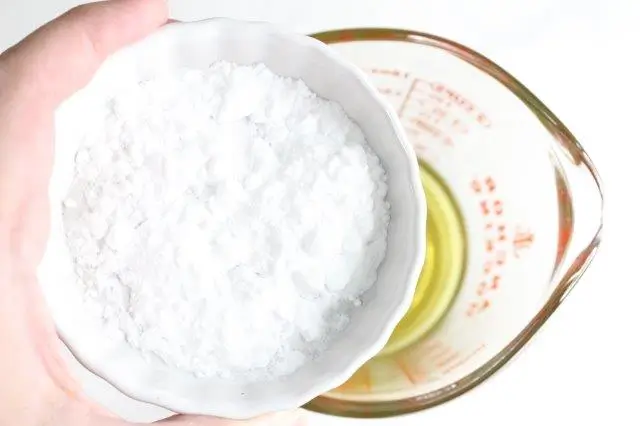
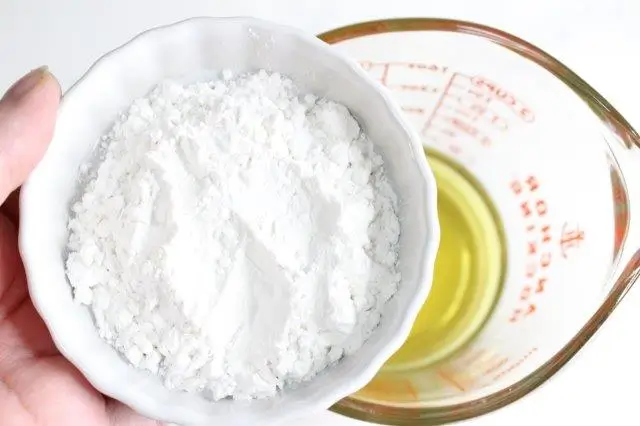
Remove the melted mixture from heat and stir in the arrowroot powder and baking soda. Mix until the powders are fully incorporated, creating a smooth, even consistency.
- Add Essential Oils
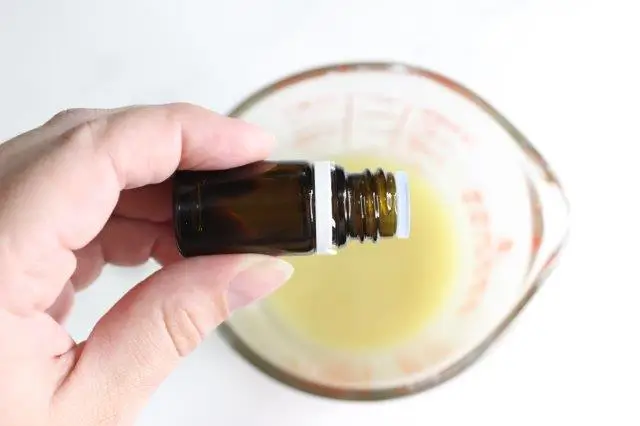
Let the mixture cool slightly, then add 10-15 drops of your chosen essential oils. Stir well to ensure the scent is evenly distributed throughout the cream.
- Pour and Set
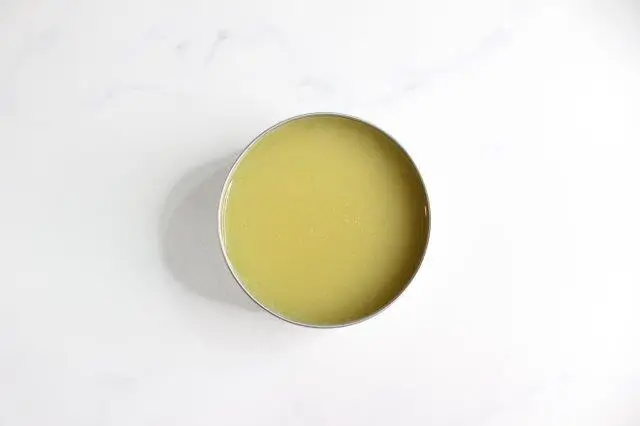
Pour the finished mixture into a small jar or container. Let it cool completely at room temperature until it solidifies into a creamy balm.
How to Use Your Natural Deodorant Cream
- Take a small amount (about the size of a pea) with your fingers.
- Warm it up by rubbing it between your hands until it feels smooth.
- Gently massage it onto your underarms, making sure to spread it evenly.
- Let it sink in for a moment before putting on your clothes.
That’s all! This easy recipe makes about 2-4 ounces of deodorant. Store it in a cool, dry place to maintain its texture. If your home is warm, you can refrigerate it to prevent melting. It’s a wonderful addition to your self-care routine and makes a thoughtful handmade gift. Enjoy the clean, fresh feeling all day long!
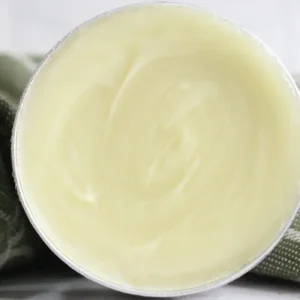
DIY Natural Deodorant Recipe
Equipment

Ingredients
- 2 tablespoons coconut oil
- 2 tablespoons shea butter
- 2 tablespoons arrowroot powder
- 1 tablespoon baking soda
- 10-15 drops essential oil ex: Tea Tree, Lavender, Frankincense
- glass jar or tin
Instructions
- In a double boiler, gently melt the coconut oil and shea butter until fully liquefied.
- Remove from heat and stir in the arrowroot powder and baking soda until fully combined.
- Let the mixture cool slightly, then add your chosen essential oils and mix well.
- Pour the mixture into a small jar or container and let it cool completely until it solidifies.
- To Use: Use a small amount (pea-sized) and apply it to your underarms with your fingers.
Video
Notes
- Store in a cool, dry place. Refrigerate if your home is warm to prevent melting..
- You can use corn starch instead of arrowroot powder.
Before You Go, See What’s New

Dawn Goehring
Dawn Goehring is the founder of Desert Naturals. Combining her passion for holistic wellness, natural living and essential oils, she creates informative articles on essential oils, guides you through DIY natural bath & beauty products and homemade non-toxic cleaners, and self care.


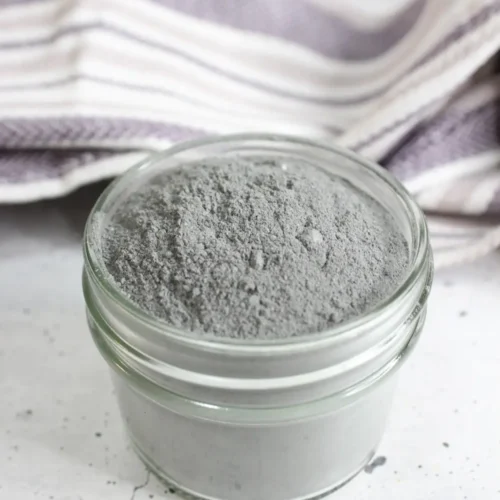
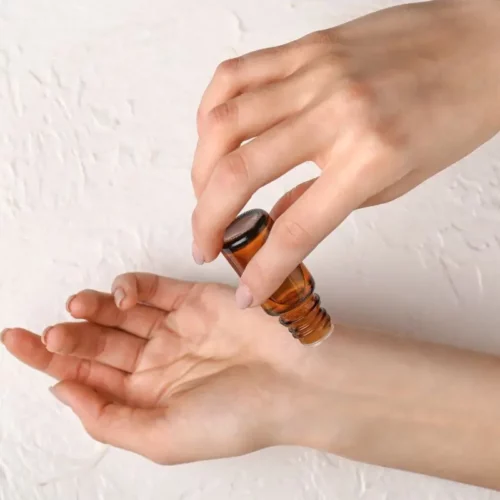
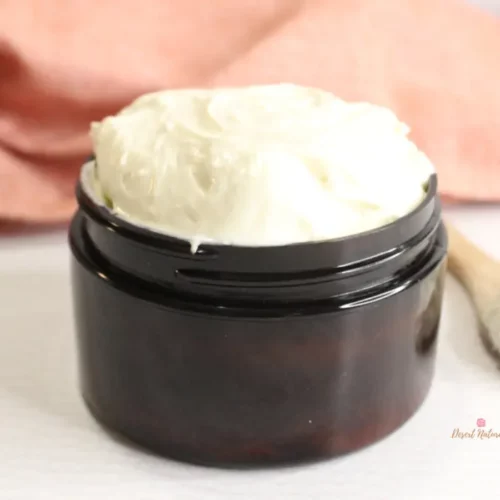
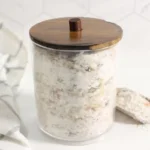
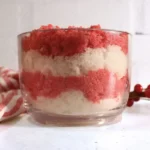
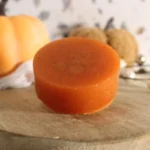

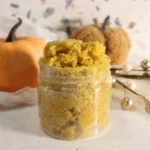
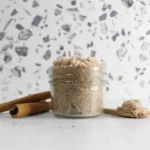
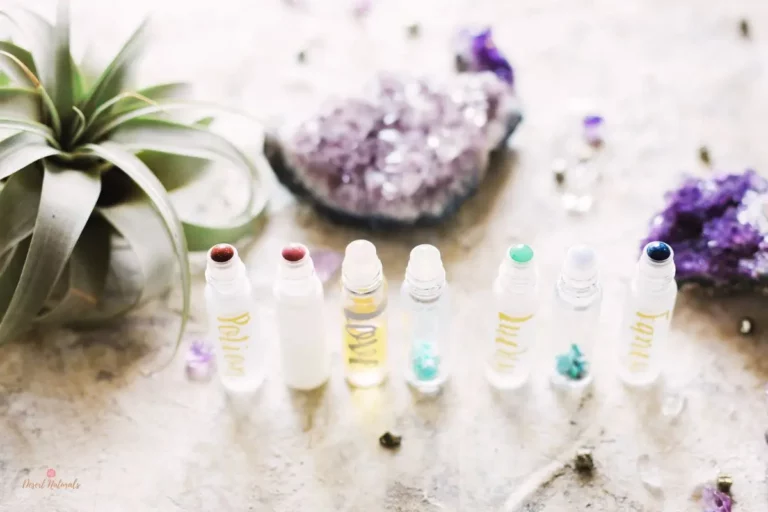

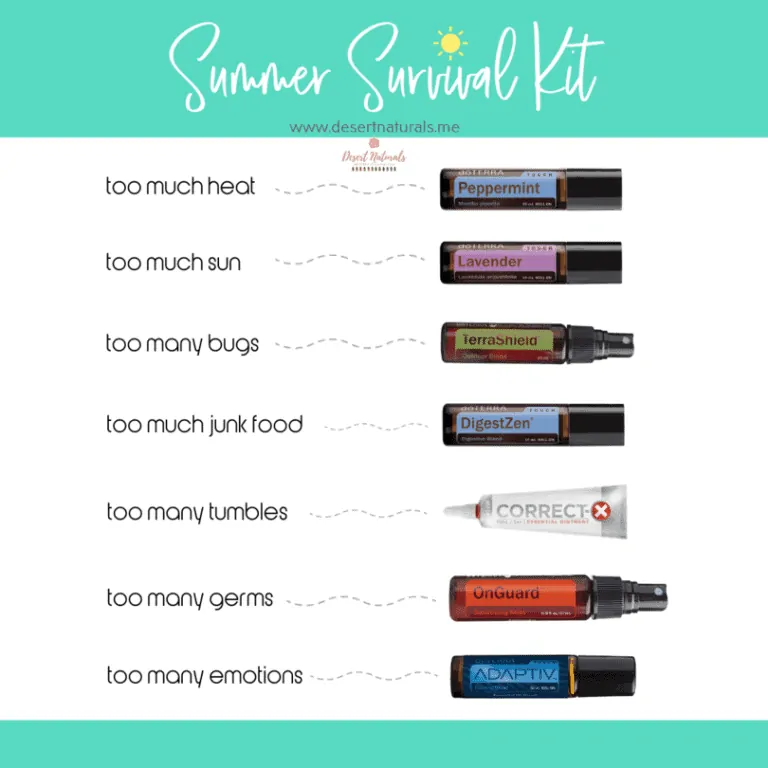
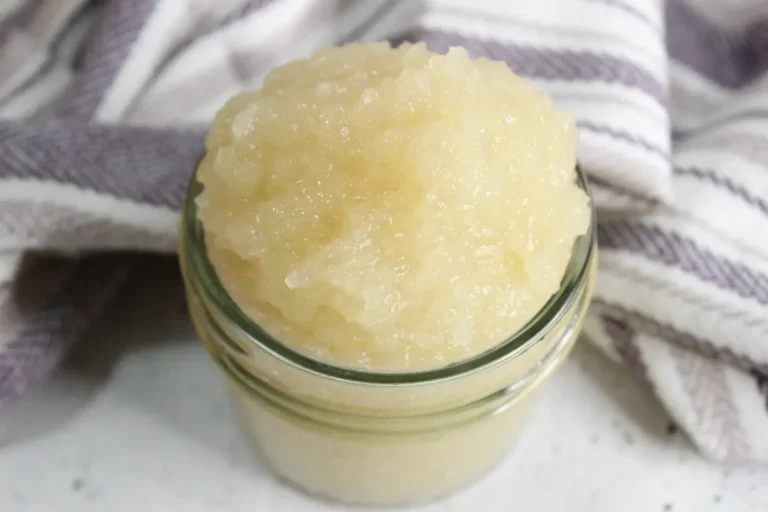
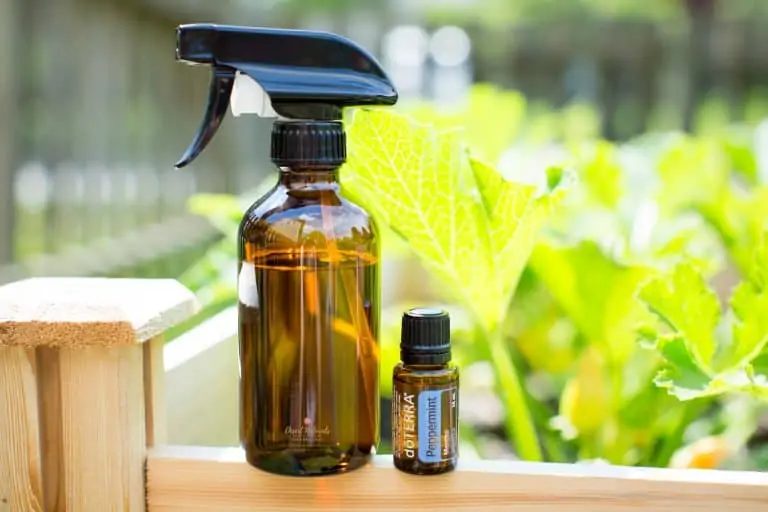

Tried it and it works great! Thanks for the natural option.
I’ve been using my own herbs to make oils for skincare. Curious if there are any good combinations of home-grown herbs that could add to or replace essential oils in your deodorant recipe. I’m all for keeping it as natural and homegrown as possible!
It’s great to see DIY options that help us cut down on plastic packaging.
Love the sound of this recipe, especially using sandalwood oil. Does it leave a strong scent or is it more subtle?
I love seeing lemongrass and tea tree oil in your recipe, both have such powerful antibacterial properties perfect for a natural deodorant. Just remember to patch test essential oils for skin sensitivity folks!
Absolutely agree with the patch test advice! Found out the hard way with a lavender oil once. Now I always do a small test before going all in.
Just curious, how does the baking soda manage odor control? Is it its pH-balancing properties or something else?
This is exactly what I was looking for! I can’t wait to try making my own deodorant. Thanks for such a detailed guide!
Does it actually work, though? Or is it one of those ‘smells nice for five minutes before you start reeking of sweat’ type deals?
Nice one! How long does this natural deodorant last during a heavy workout? Been burned by store-bought ones claiming to be ‘all-natural’.
I’ve been on the hunt for a DIY deodorant recipe! I love the emphasis on eco-friendly ingredients like shea butter and coconut oil. Arrowroot powder’s a new one for me in deodorants. Does it help with the texture or mainly for absorption, Dawn Goehring?